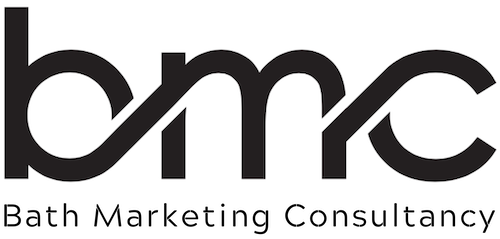Search engine optimisation (SEO) is an essential component of any digital marketing strategy. It involves optimising your website’s content and structure to rank higher in search engine results pages (SERPs) and drive more traffic to your site. The best and most effective SEO is achieved through combining both organic and paid methods as each has its own advantages and disadvantages.
What is organic SEO?
Organic SEO is the process of optimising your website’s content and structure to rank higher in search results pages naturally. It involves creating high-quality, relevant content that is optimised for specific keywords and phrases, as well as improving your website’s technical structure and user experience (UX). Building a strong, organic position in search is a long-term strategy that takes time and effort to implement, but it can yield significant results in terms of increased traffic, engagement, and conversions; 33.59% of people searching click the results that show organically.
One of the main advantages of organic SEO is that it is cost-effective in the long run. While it may take time and effort to see results, once you have achieved a high-ranking position in the search results, you can continue to generate traffic and leads without having to pay for each click or impression. Additionally, organic SEO can improve your website’s credibility and authority, as search engines like Google tend to favour sites with high-quality content and a strong user experience.
What is Paid SEO?
As it says, paid SEO, involves paying for advertisements that appear in search engine results pages. Paid SEO, also known as search engine marketing (SEM), involves creating ads that are displayed at the top of the search results page for specific keywords and phrases. Although the percentage of people clicking ads is lower than organic results, paid SEO can be a highly effective way to generate traffic and leads quickly, as you can target specific audiences and pay for clicks or impressions.
One of the main advantages of paid SEO is that it can generate results quickly, often within hours or days of launching a campaign. Paid SEO can also provide highly targeted traffic, as you can target specific keywords, geographic locations, and demographics. Additionally, paid SEO can be highly flexible, as you can adjust your campaign settings and budget as needed to achieve your desired results.
However, paid SEO can be expensive, especially for highly competitive keywords and phrases. For example, terms like ‘business services’ can cost over £60 per click. Additionally, paid SEO does not improve your website’s credibility or authority in the same way that organic SEO does, as search engines prioritise organic results over paid results.
Conclusion
Both organic and paid SEO have their advantages and disadvantages, and the best approach will depend on your specific business goals and budget. Organic SEO is a long-term strategy that requires time and effort to implement, but can provide sustainable, cost-effective results. Paid SEO, on the other hand, can provide quick results and highly targeted traffic, but can be expensive and does not improve your website’s credibility and authority in the same way that organic SEO does. By understanding the differences between organic and paid SEO, you can make an informed decision about which approach is right for your business.



